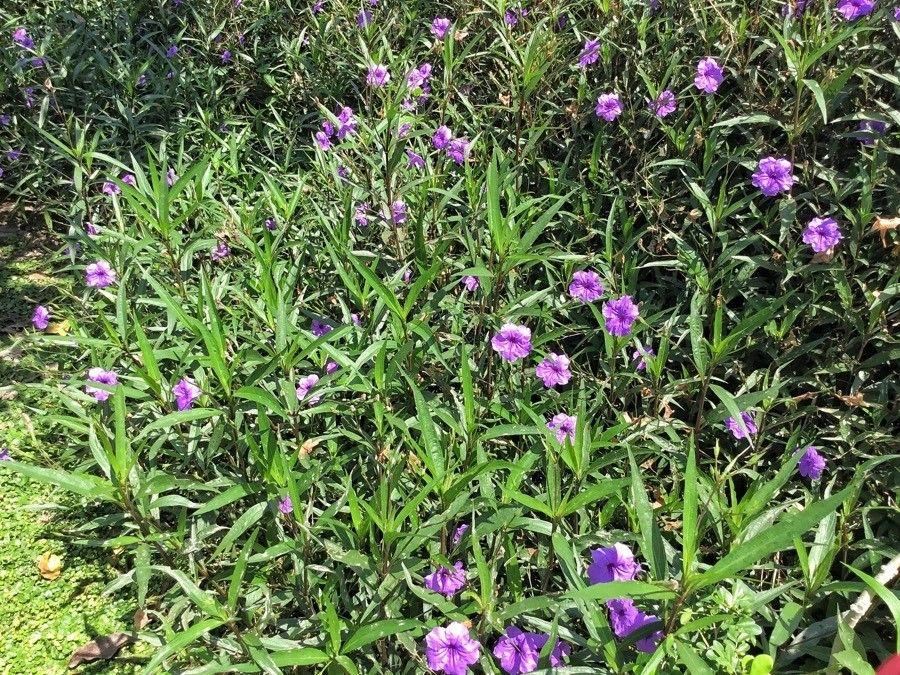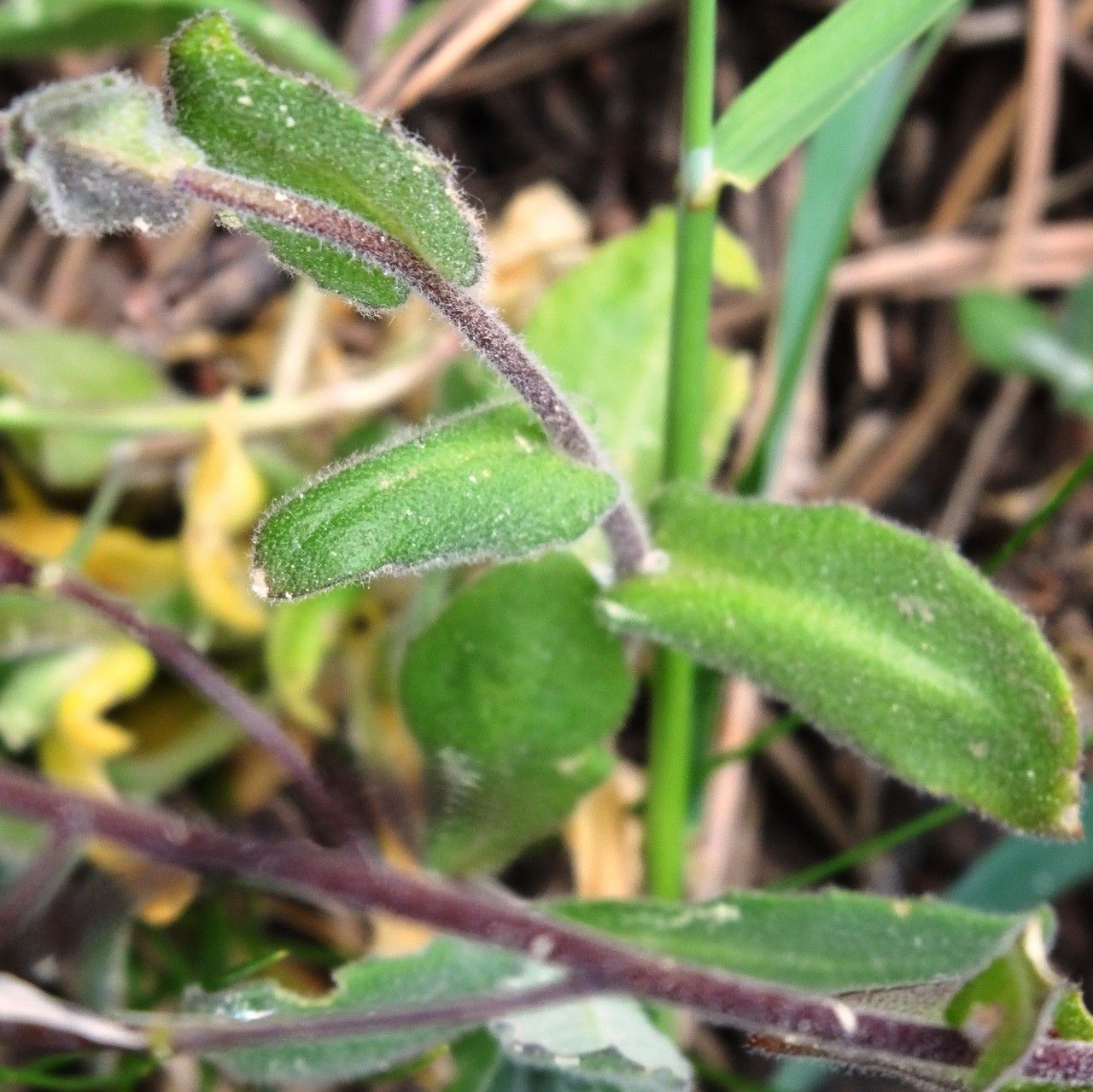## Mexican Plane Tree: A Majestic Addition to Your Landscape
The Mexican plane tree ( *Platanus mexicana*), a member of the Platanaceae family, is a striking and majestic tree known for its impressive size and attractive foliage. Native to Mexico and Central America, this species offers a unique aesthetic appeal, making it a popular choice for landscaping projects in suitable climates. This comprehensive guide will equip you with the knowledge to successfully cultivate this beautiful tree.
### Habitat and Growth
In its native habitat, the Mexican plane tree thrives in diverse environments, ranging from riparian zones to mountainous regions. It is highly adaptable, tolerating a wide range of conditions, provided they meet its basic requirements. Expect this tree to reach significant heights – often exceeding 50 feet – and develop a broad, spreading canopy, making it a commanding presence in any landscape.
### Sun Exposure and Soil Needs
Mexican plane trees prefer full sun to partial shade. At least six hours of direct sunlight daily is ideal for optimal growth and flowering. They are also reasonably tolerant of some shade, but less sunlight will result in slower growth and may affect the tree's overall health and vigor.
Regarding soil needs, this adaptable species isn't overly picky but performs best in well-drained, fertile soil that's slightly acidic to neutral (pH 6.0-7.5). While it tolerates a range of soil types, poorly drained, waterlogged conditions should be avoided as they can lead to root rot and other problems. Amend heavy clay soils with organic matter like compost to improve drainage and aeration.
### Planting and Maintenance
Planting a Mexican plane tree is relatively straightforward. Dig a hole twice as wide as the root ball and just as deep. Gently remove the tree from its container, being careful not to damage the roots. Position the tree in the hole, ensuring the top of the root ball is level with the ground. Backfill the hole with the amended soil, gently firming it around the base of the tree. Water thoroughly after planting.
Regular watering, especially during the establishment phase, is crucial for a healthy Mexican plane tree. Once established, these trees are relatively drought-tolerant, but consistent watering during extended dry periods is recommended. Fertilize in spring using a balanced, slow-release fertilizer to promote healthy growth.
Pruning should be performed in late winter or early spring before new growth begins. Remove any dead, damaged, or crossing branches to maintain the tree's structure and improve air circulation. This will also help to prevent the spread of disease.
### Potential Pests and Diseases
While relatively resistant to pests and diseases, Mexican plane trees are occasionally susceptible to issues such as anthracnose, powdery mildew, and aphids. Regular monitoring for signs of pest or disease infestation is vital. Appropriate measures, including pruning, the use of insecticidal soaps or neem oil, and fungicidal treatments, should be taken as necessary. Contact a local arborist for more serious issues.
### Conclusion
The Mexican plane tree adds undeniable grandeur and elegance to any landscape. With its striking appearance, impressive size, and relatively low maintenance requirements, it's a worthwhile addition for those seeking a long-lived and visually appealing shade tree. However, understanding its needs, from sun exposure to soil requirements, is key to ensuring its success.
Mexican Plane Tree: Planting & Care Guide

Frequently Asked Questions
How to care for a Mexican plane tree?
Provide full sun to partial shade, well-drained soil, regular watering (especially when young), and occasional fertilization in spring. Prune in late winter or early spring to maintain structure and remove dead or damaged branches. Monitor for pests and diseases and take appropriate action if needed.
What type of soil does a Mexican plane tree need?
Mexican plane trees prefer well-drained, fertile soil that's slightly acidic to neutral (pH 6.0-7.5). Amend heavy clay soils with organic matter to improve drainage.


